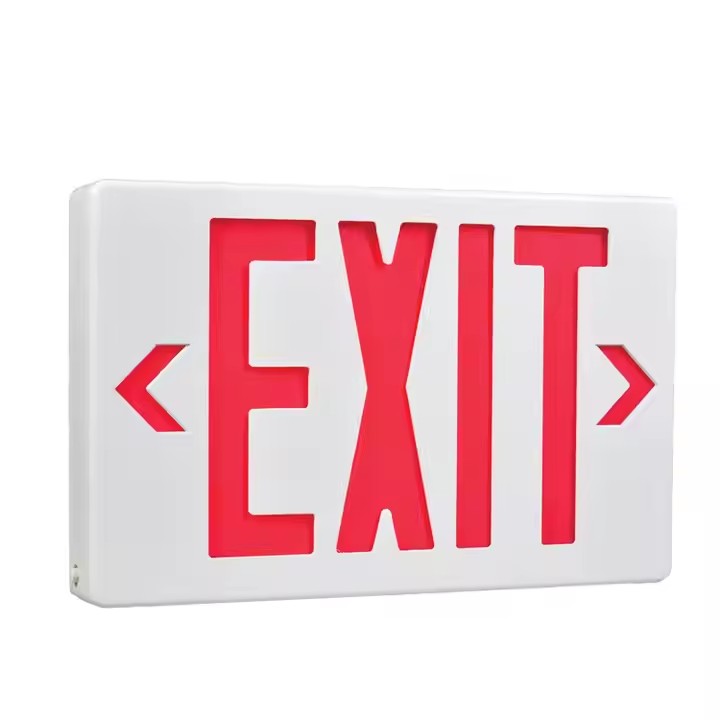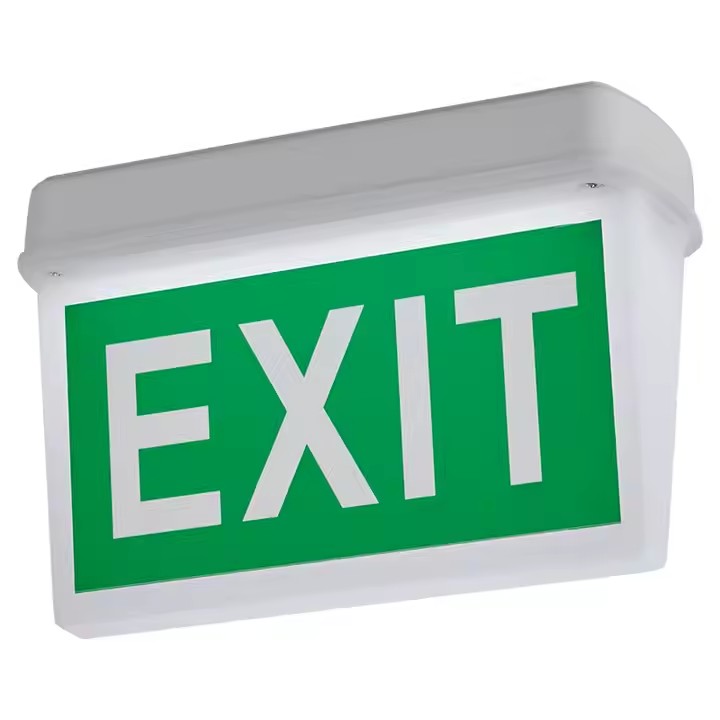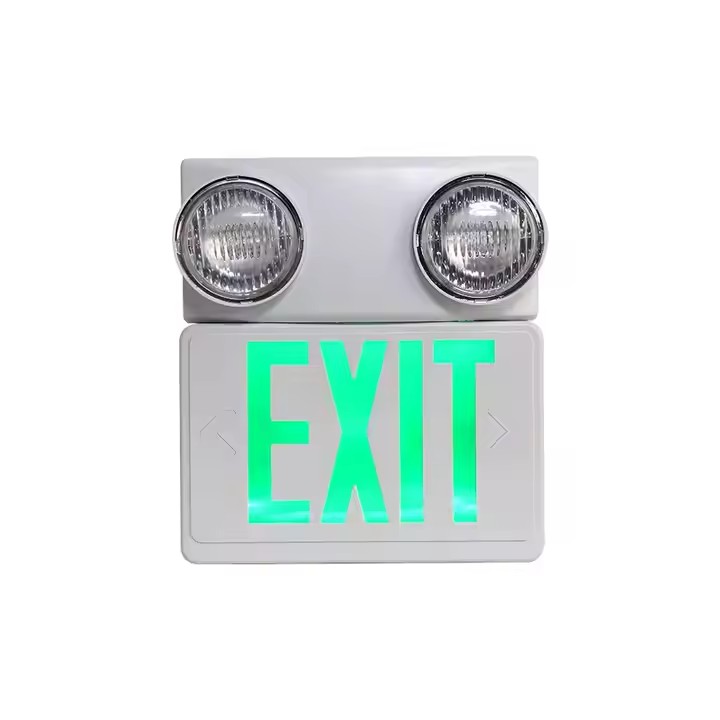Monday to Saturday - 8:00 -17:30
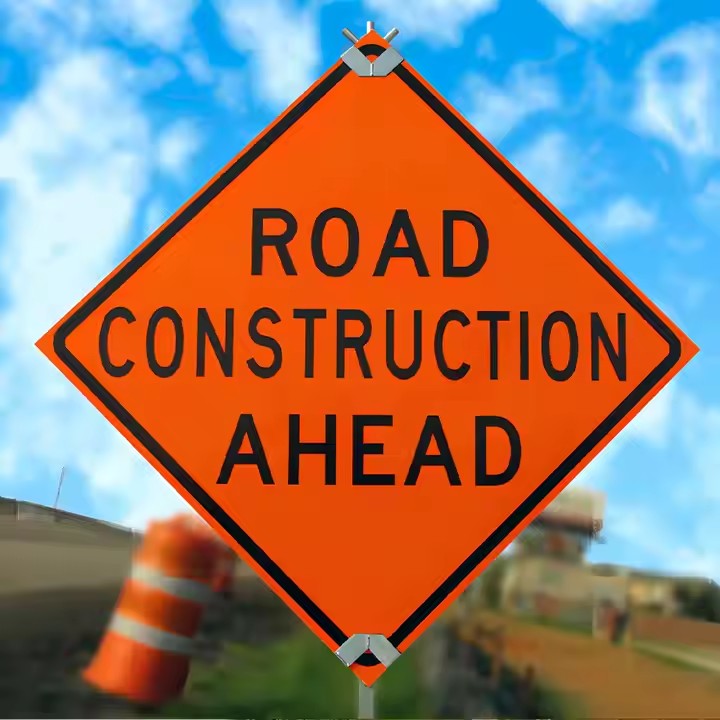
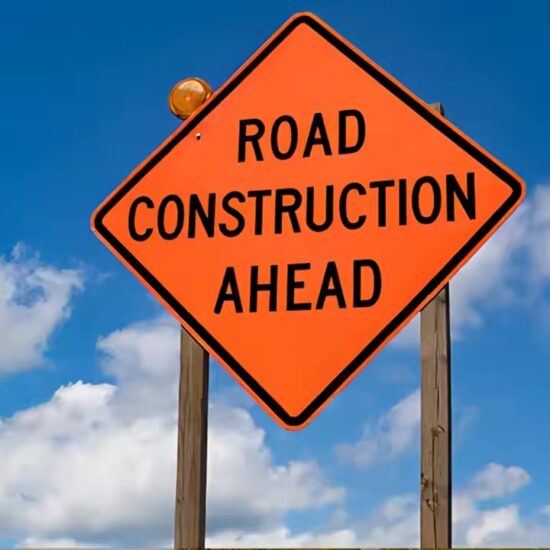
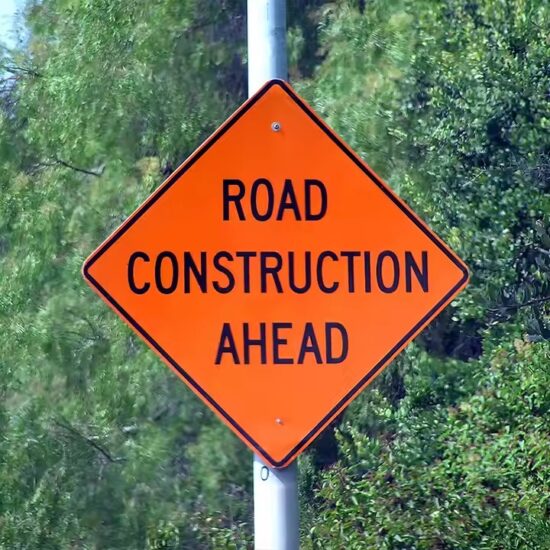
Weather-Resistant Construction Signs: How to Choose the Right Materials
Construction signs must withstand various environmental conditions such as rain, wind, sunlight, and temperature changes. Selecting the right materials for your construction signs is critical to maintaining their visibility, durability, and effectiveness throughout the project lifecycle.
Here’s how to choose weather-resistant materials for your construction signs:
1. Understand the Environmental Challenges
-
Sun Exposure: Prolonged UV rays can fade colors and weaken materials.
-
Rain and Moisture: Signs must resist water damage and corrosion.
-
Wind and Physical Impact: Durability against bending, tearing, or breaking is important.
-
Temperature Fluctuations: Materials should tolerate freezing cold and extreme heat without cracking or warping.
2. Common Weather-Resistant Materials
-
Aluminum: Lightweight, rust-proof, and highly durable, aluminum is ideal for long-term outdoor signs. It holds up well against UV rays and moisture.
-
Reflective Sheeting: Applied to aluminum or other bases, reflective sheeting improves night visibility and weather resistance. Grades include Engineer, High Intensity, and Diamond Grade.
-
PVC (Polyvinyl Chloride): A plastic option that resists moisture and chemicals; suitable for temporary or semi-permanent signs.
-
Coroplast (Corrugated Plastic): Lightweight and waterproof, popular for short-term outdoor signs, but less durable for long-term use.
-
Vinyl: Often used for banners or decals; flexible and weather-resistant but not as sturdy as aluminum or PVC.
3. Consider Coatings and Finishes
-
UV-Resistant Coatings: Protect colors and materials from sun damage and fading.
-
Anti-Graffiti Coatings: Help keep signs clean and readable in urban or vandal-prone areas.
-
Matte or Glossy Finishes: Choose finishes based on visibility needs and aesthetic preferences.
4. Assess Your Project Needs
-
Temporary vs. Permanent: Temporary projects may only require PVC or Coroplast, while permanent signs benefit from aluminum with reflective coatings.
-
Location: Signs near the coast need extra corrosion resistance due to salt air, while desert locations require high UV protection.
-
Budget: Higher durability materials usually cost more upfront but reduce replacement frequency and long-term costs.
5. Installation and Maintenance Tips
-
Use sturdy mounting hardware to prevent wind damage.
-
Regularly inspect signs for wear and replace when visibility declines.
-
Clean signs periodically to remove dirt and grime that may reduce reflectivity.
Conclusion
Choosing the right weather-resistant materials is essential to ensure your construction signs remain visible, legible, and durable throughout your project. Investing in high-quality materials and proper maintenance can save costs and enhance site safety.
Need assistance selecting the best materials for your construction signs? Contact us for expert advice and customized solutions.

